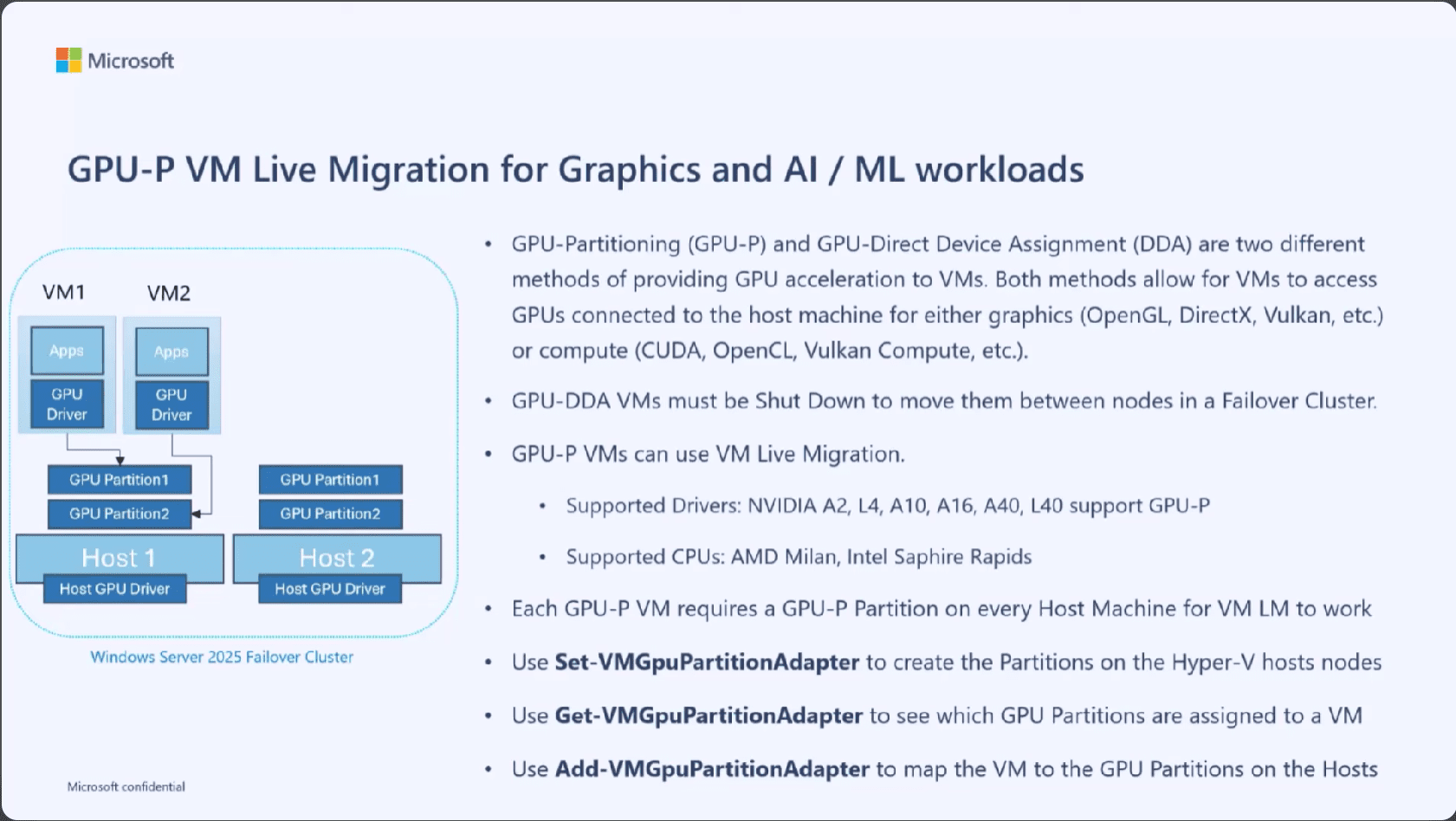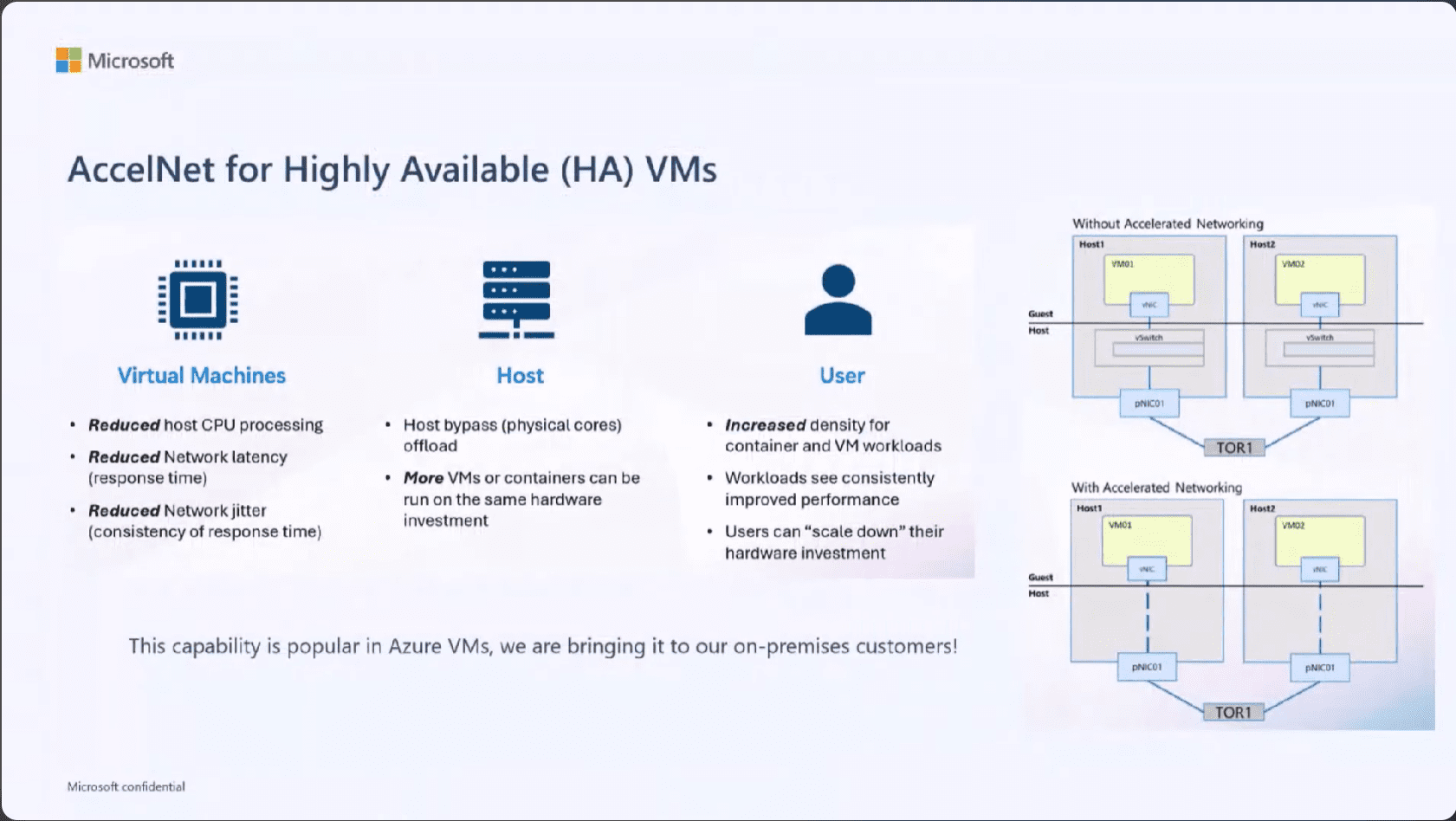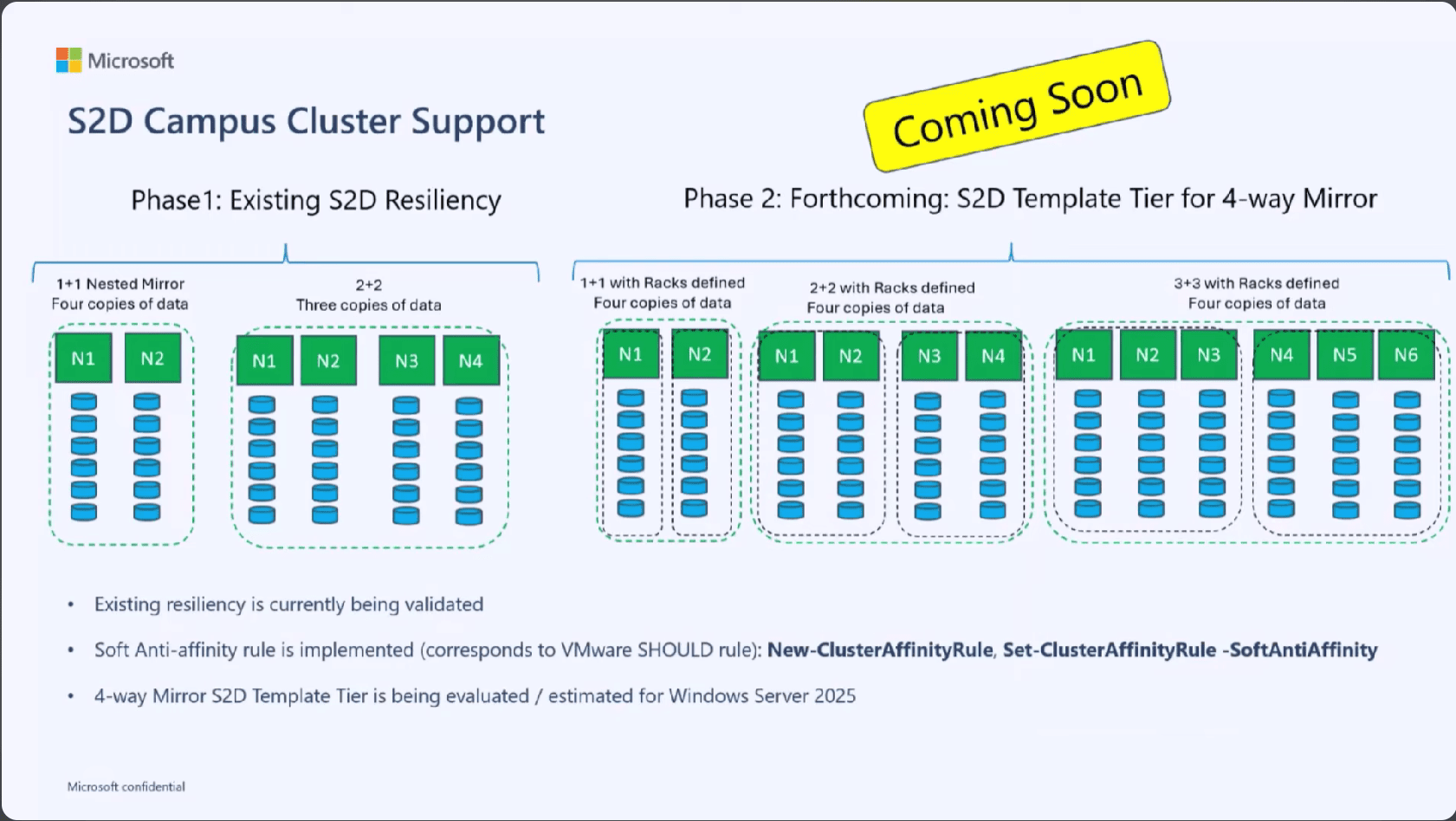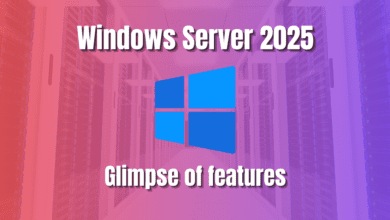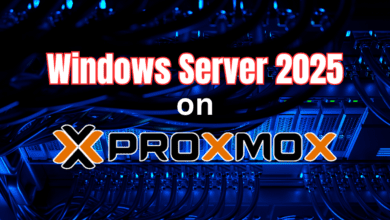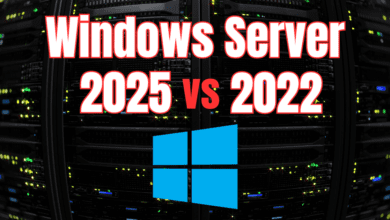Windows Server 2025 New Failover Clustering Features
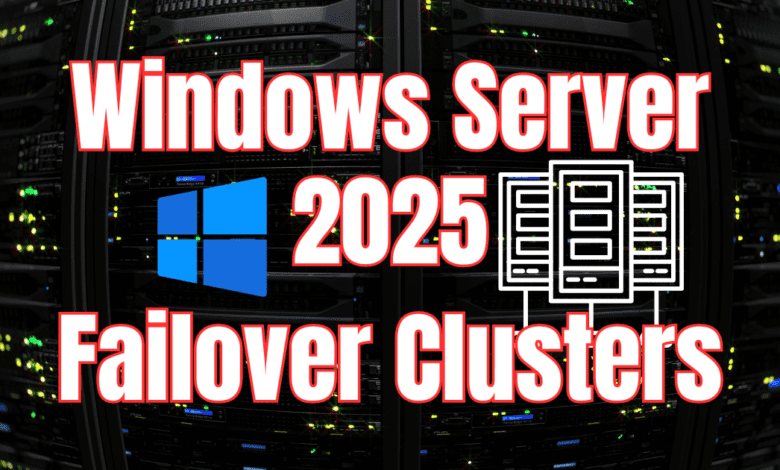
As we have covered in our Windows Server 2025 series of new features, there are many great new improvements with Microsoft’s new server operating system. In this post, we will key in on the improvements specific to Windows Failover Clustering and Windows Server 2025 new failover clustering features.
Table of contents
Failover Clustering is evolving
Failover clustering allows transferring workloads across servers in the event of hardware or software failures. Failover clusters pool together server resources and makes sure services remain uninterrupted. This helps minimize downtime and maintain business continuity.
Many businesses rely on it to run their applications in a highly available way. The cluster service maintains cluster state and application state across the cluster of up to 64 nodes with a Windows cluster.
It does this by exchanging update messages between the servers and makes sure each server is responding to the heartbeats.
Azure Stack HCI feature parity and Cluster OS Rolling Upgrade
As you may know, Microsoft has implemented many new features in Azure Stack HCI and the “Azure” operating systems at a more rapid pace than the long term support releases of Windows Server. However, with Windows Server 2025, Microsoft is aiming to achieve feature parity with Azure Stack HCI and the many new features that admins have been hoping would come to the on-premises Windows Server operating systems.
One of those Azure Stack HCI features is the cluster OS rolling upgrade. This new feature with Failover clustering is a game changer. It allows upgrading from Windows Server 2022 to 2025 without downtime.
Workgroup Cluster and VM Live Migration Enhancements
One of the new features is the capability to create a workgroup cluster. Domain joined nodes has historically always been a requirement with Windows Failover Clusters. However, Microsoft introduced workgroup clusters as of Windows Server 2016. Also, with Windows Server 2025, workgroup cluster VM live migration is now possible.
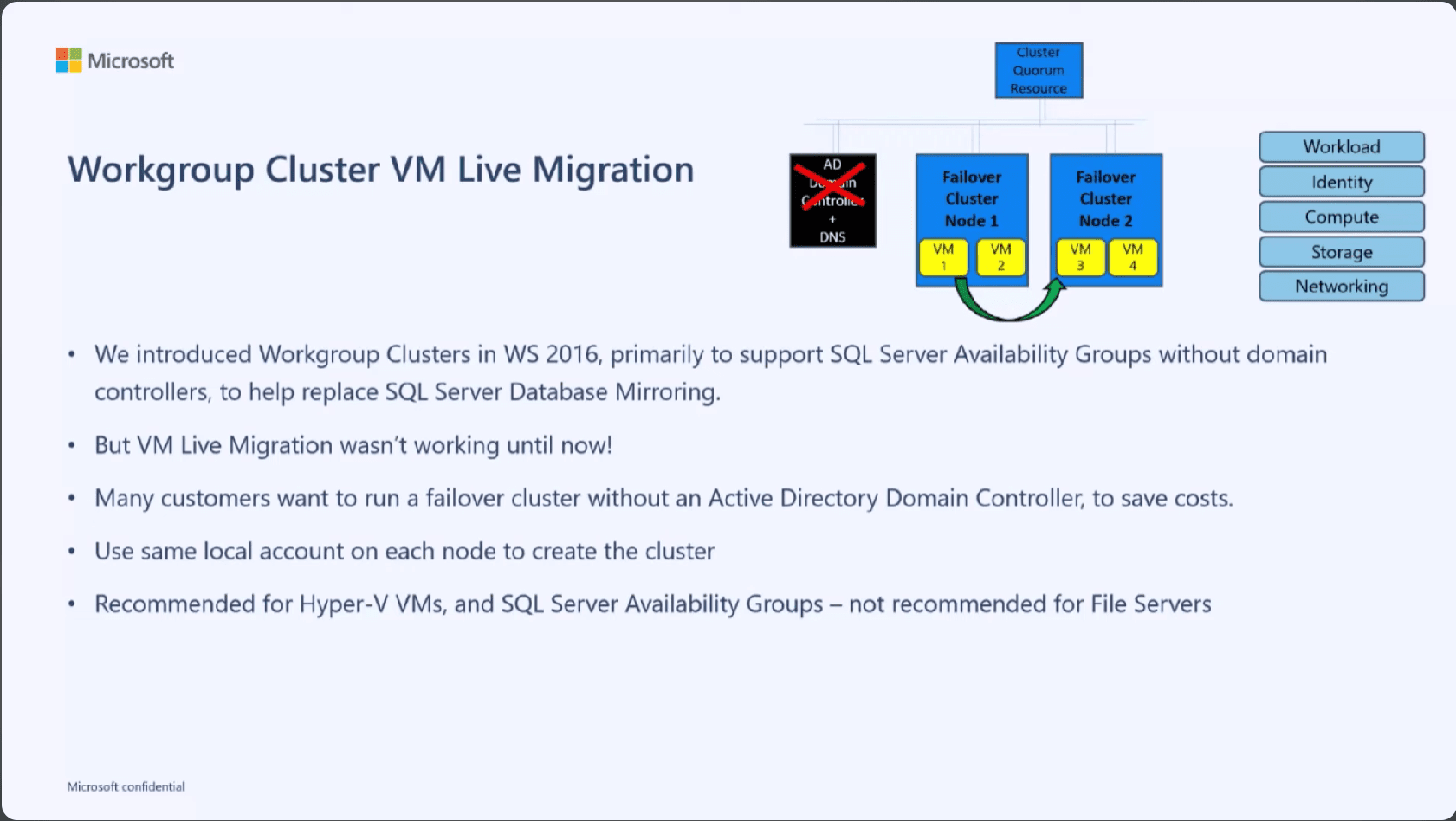
Now instead of a domain join requirement, clusters can use local accounts and self-signed certificates instead. This will open up many more Windows Cluster configuration opportunities for businesses and make things less complicated overall.
Microsoft does make mention this is recommended for Hyper-V VMs and SQL Availability Groups, but not for File Servers.
Below is a simple example of building a new workgroup cluster for VM workloads:
New-itemproperty -path HKLM:\SOSFTWARE\Microsoft\Windows\CurrentVersion\Policies\System -Name LocalAccountTokenFilterPolicy -Value 1
Set-Item WSMan:\localhost\Client\TrustedHosts -Value "*" -Force
New-Cluster -Name WGCluster1 -Node testnode1, testnode2 -NoStorage -AdministrativeAccessPoint DNS
Enable-ClusterS2D
Add-ClusterVirtualMachineRoleGPU-Powered VM Live Migration for AI and ML Workloads
GPU-P VM Live Migration is a new feature that follows on the needs of organizations requiring AI and ML workloads. Now organizations can live migrate a virtual machine configured with GPU-P. By allowing live migration of VMs without interrupting their state, this feature will allow AI and ML computational workloads continue without a hitch, even when moving VMs to different hosts.
This capability is crucial for businesses running complex models that require uninterrupted computation.
AccelNet for High-Speed Networking
AccelNet brings a very popular Azure networking feature to on-premises environment. It brings high-performance networking capabilities to on-premises VMs. By using SR-IOV, AccelNet reduces the processing load on host machines. This enables faster networking and better utilization of physical NIC capabilities.
Virtual NICs are able to bypass the other abstraction layers and directly use the physical capabilities of the NIC installed in your Windows host. It will provide much better performance for organizations needing high-speed networking for their applications.
S2D Campus Clusters
The introduction of S2D Campus Clusters helps with the need for geographically separate cluster nodes. This enhances disaster recovery and business continuity strategies. Microsoft also has plans to introduce a four-way mirror in Windows Server 2025.
Wrapping up
Windows Server 2025’s failover clustering contains many great new features including cluster rolling OS upgrades, workgroup cluster live migration, GPU-P live migration, and S2D campus cluster 4-way mirrors. Windows Server 2025 is shaping up to be a great forthcoming Windows Server OS release that I am looking forward to. Let me know in the comments your thoughts on the new features so far.


